
Lev Davidovich Bronstein, better known as Leon Trotsky, was a Russian revolutionary, Soviet politician, journalist, and political theorist. He was a central figure in the 1905 Revolution, October Revolution, Russian Civil War, and the establishment of the Soviet Union. Alongside Vladimir Lenin, Trotsky was widely considered the most prominent Soviet figure and was de facto second-in-command during the early years of the Russian Soviet Republic. Ideologically a Marxist and a Leninist, his thought and writings inspired a school of Marxism known as Trotskyism.

Leninism is a political ideology developed by Russian Marxist revolutionary Vladimir Lenin that proposes the establishment of the dictatorship of the proletariat led by a revolutionary vanguard party as the political prelude to the establishment of communism. Lenin's ideological contributions to the Marxist ideology relate to his theories on the party, imperialism, the state, and revolution. The function of the Leninist vanguard party is to provide the working classes with the political consciousness and revolutionary leadership necessary to depose capitalism.
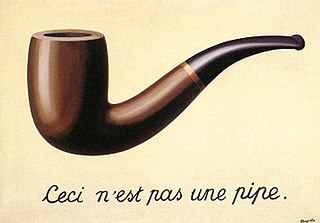
Surrealism is an art and cultural movement that developed in Europe in the aftermath of World War I in which artists aimed to allow the unconscious mind to express itself, often resulting in the depiction of illogical or dreamlike scenes and ideas. Its intention was, according to leader André Breton, to "resolve the previously contradictory conditions of dream and reality into an absolute reality, a super-reality", or surreality. It produced works of painting, writing, theatre, filmmaking, photography, and other media as well.
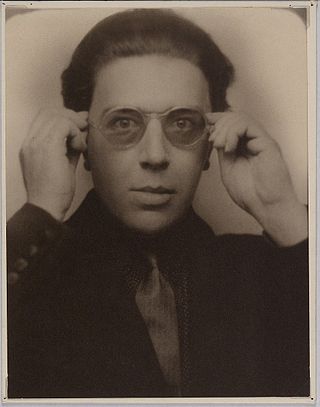
André Robert Breton was a French writer and poet, the co-founder, leader, and principal theorist of surrealism. His writings include the first Surrealist Manifesto of 1924, in which he defined surrealism as "pure psychic automatism".

Trotskyism is the political ideology and branch of Marxism developed by Russian revolutionary and intellectual Leon Trotsky along with some other members of the Left Opposition and the Fourth International. Trotsky described himself as an orthodox Marxist, a revolutionary Marxist, and a Bolshevik–Leninist as well as a follower of Marx, Engels, Vladimir Lenin, Karl Liebknecht, and Rosa Luxemburg.
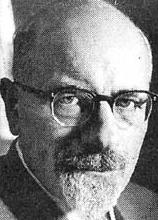
Isaac Deutscher was a Polish Marxist writer, journalist and political activist who moved to the United Kingdom before the outbreak of World War II. He is best known as a biographer of Leon Trotsky and Joseph Stalin and as a commentator on Soviet affairs. His three-volume biography of Trotsky was highly influential among the British New Left in the 1960s and 1970s.
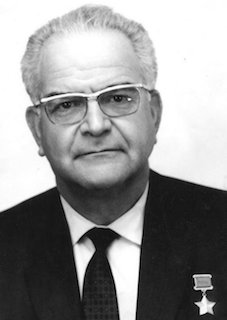
Ramón Mercader, was a Spanish Communist and NKVD secret agent who assassinated the revolutionary Leon Trotsky in Mexico City in August 1940. Mercader was imprisoned for 19 years and 8 months in Mexico for murdering the exiled Trotsky with an ice axe.

Lenin's Testament is a document dictated by Vladimir Lenin in late 1922 and early 1923. In the testament, Lenin proposed changes to the structure of the Soviet governing bodies. Sensing his impending death, he also gave criticism of Bolshevik leaders Zinoviev, Kamenev, Trotsky, Bukharin, Pyatakov and Stalin. He warned of the possibility of a split developing in the party leadership between Trotsky and Stalin if proper measures were not taken to prevent it. In a post-script he also suggested Joseph Stalin be removed from his position as General Secretary of the Russian Communist Party's Central Committee. Although there are some historical questions regarding the document’s origins, the majority view is that the document was authored by Lenin.
The Ryutin affair (1932) was one of the last attempts to oppose the General Secretary Joseph Stalin within the All-Union Communist Party (b).

Aleksandra Lvovna Sokolovskaya was a Russian Marxist revolutionary and Leon Trotsky's first wife. She perished in the Great Purges no earlier than 1938.

The Petersburg Soviet of Workers' Delegates was a workers' council, or soviet, in Saint Petersburg in 1905.

Ephraim Markovich Sklyansky was a Soviet revolutionary and statesman. He was one of the founders of the Red Army, an associate of Leon Trotsky, and a major contributor to the communist victory in the Russian Civil War. His death by drowning during a visit to the USA caused enduring speculation that he may have been murdered.
Socialist democracy is a political system that aligns with principles of both socialism and democracy. It includes ideologies such as council communism, democratic socialism, social democracy, and soviet democracy, as well as Marxist democracy like the dictatorship of the proletariat. It was embodied in the Soviet system (1922–1991). It can also denote a system of political party organization like democratic centralism, or a form of democracy espoused by Marxist–Leninist political parties or groups that support one-party states. The Socialist Federal Republic of Yugoslavia (1945–1992) styled itself a socialist democracy, as did the People's Republic of Bulgaria (1946–1990) and the Socialist Republic of Romania (1947–1989).

In the dystopian novel Nineteen Eighty-Four, by George Orwell, Emmanuel Goldstein is the principal enemy of the state of Oceania. The political propaganda of The Party portrays Goldstein as the leader of The Brotherhood, a secret, counter-revolutionary organization who violently oppose the leadership of Big Brother and the Ingsoc régime of The Party.
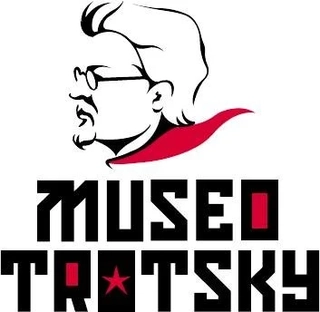
The Leon Trotsky House Museum, Trotsky Museum, or Trotsky House Museum, is a museum honoring Leon Trotsky and an organization that works to promote political asylum, located in the Coyoacán neighborhood of Mexico City. Its official name is Instituto del Derecho de Asilo - Museo Casa de León Trotsky.

The Workers' Truth was a Russian socialist opposition group founded in 1921. They published a newspaper with the same name, Workers' Truth, which first appeared in September 1921.
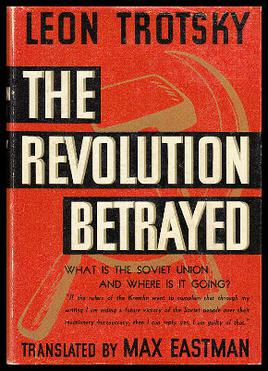
The Revolution Betrayed: What Is the Soviet Union and Where Is It Going? is a book published in 1936 by the exiled Soviet leader Leon Trotsky. This work analyzed and criticized the course of historical development in the Soviet Union following the death of Vladimir Lenin in 1924 and is regarded as Trotsky's primary work dealing with the nature of Stalinism. The book was written by Trotsky during his exile in Norway and was originally translated into Spanish by Victor Serge. The most widely available English translation is by Max Eastman.
Socialism in one country was a Soviet state policy to strengthen socialism within the country rather than socialism globally. Given the defeats of the 1917–1923 European communist revolutions, Joseph Stalin encouraged the theory of the possibility of constructing socialism in the Soviet Union. The theory was eventually adopted as Soviet state policy.
The anti-Stalinist left is a term that refers to various kinds of Marxist political movements that oppose Joseph Stalin, Stalinism, Neo-Stalinism and the system of governance that Stalin implemented as leader of the Soviet Union between 1924 and 1953. This term also refers to the high ranking political figures and governmental programs that opposed Joseph Stalin and his form of communism, such as Leon Trotsky and other traditional Marxists within the Left Opposition. In Western historiography, Stalin is considered one of the worst and most notorious figures in modern history.

Self-Portrait Dedicated to Leon Trotsky, also known as Between the Curtains, is a 1937 painting by Mexican artist Frida Kahlo, given to Leon Trotsky on his birthday and the 20th anniversary of the October Revolution. Kahlo and her husband, artist Diego Rivera, had convinced government officials to allow Trotsky and his second wife, Natalia Sedova, to live in exile in Mexico. The Russian couple moved into the Blue House (La Casa Azul), where they resided for two years.